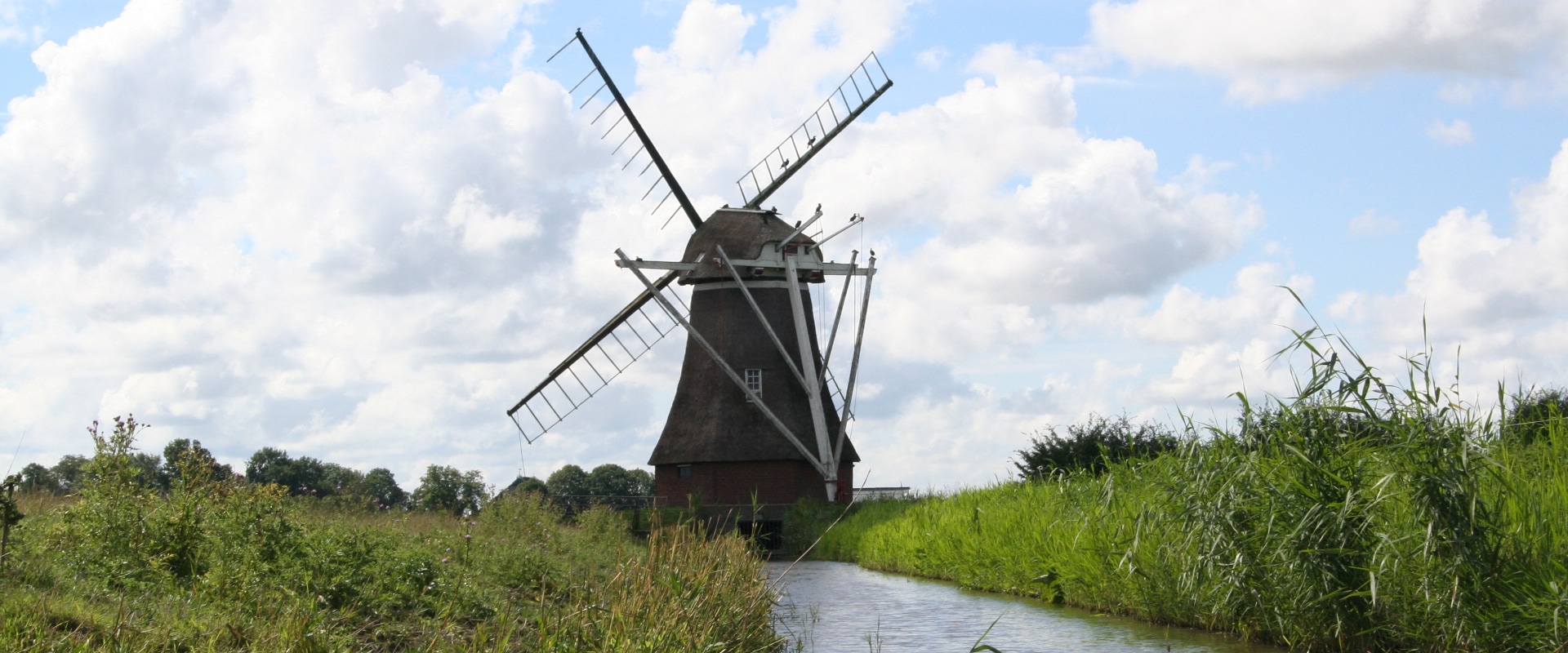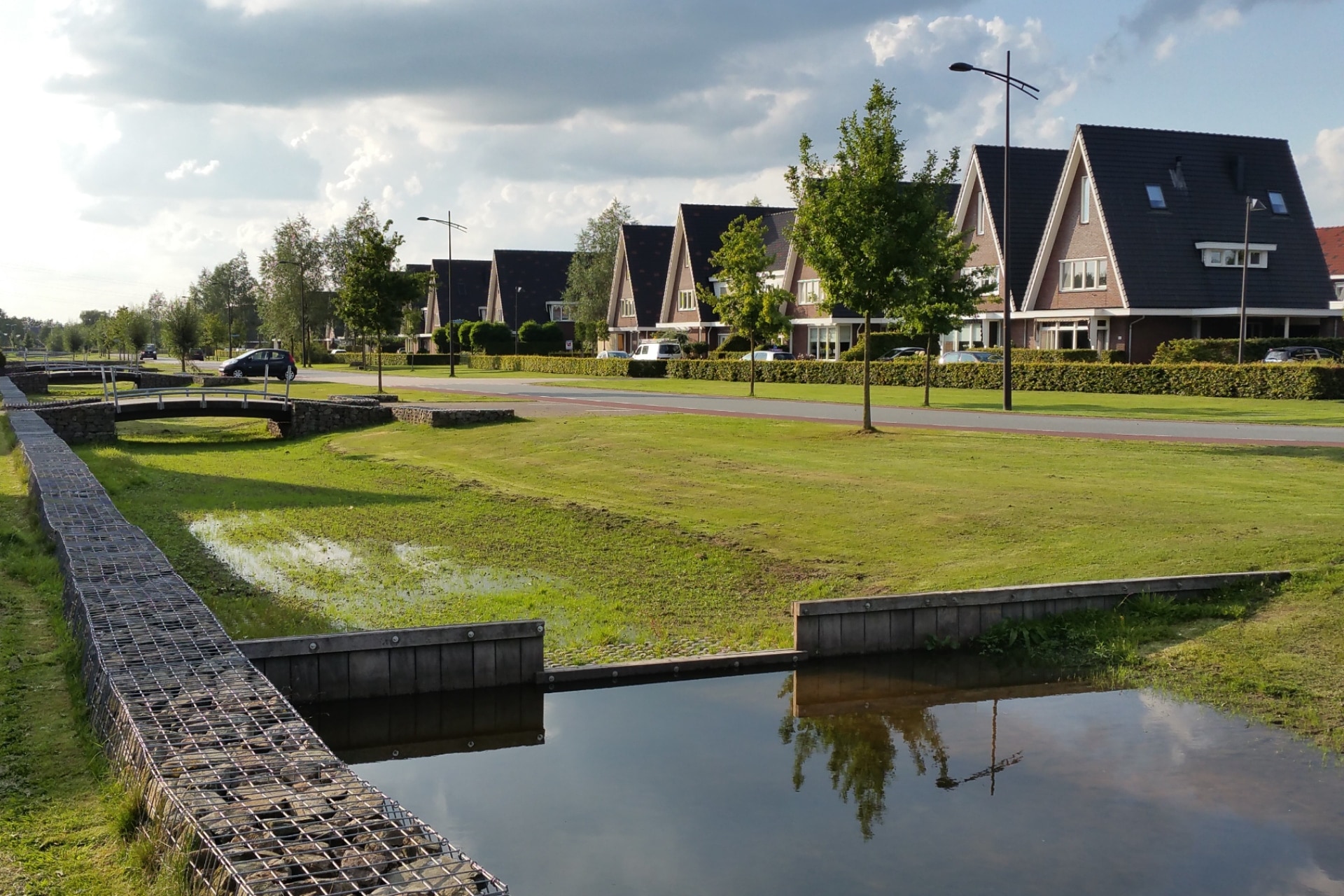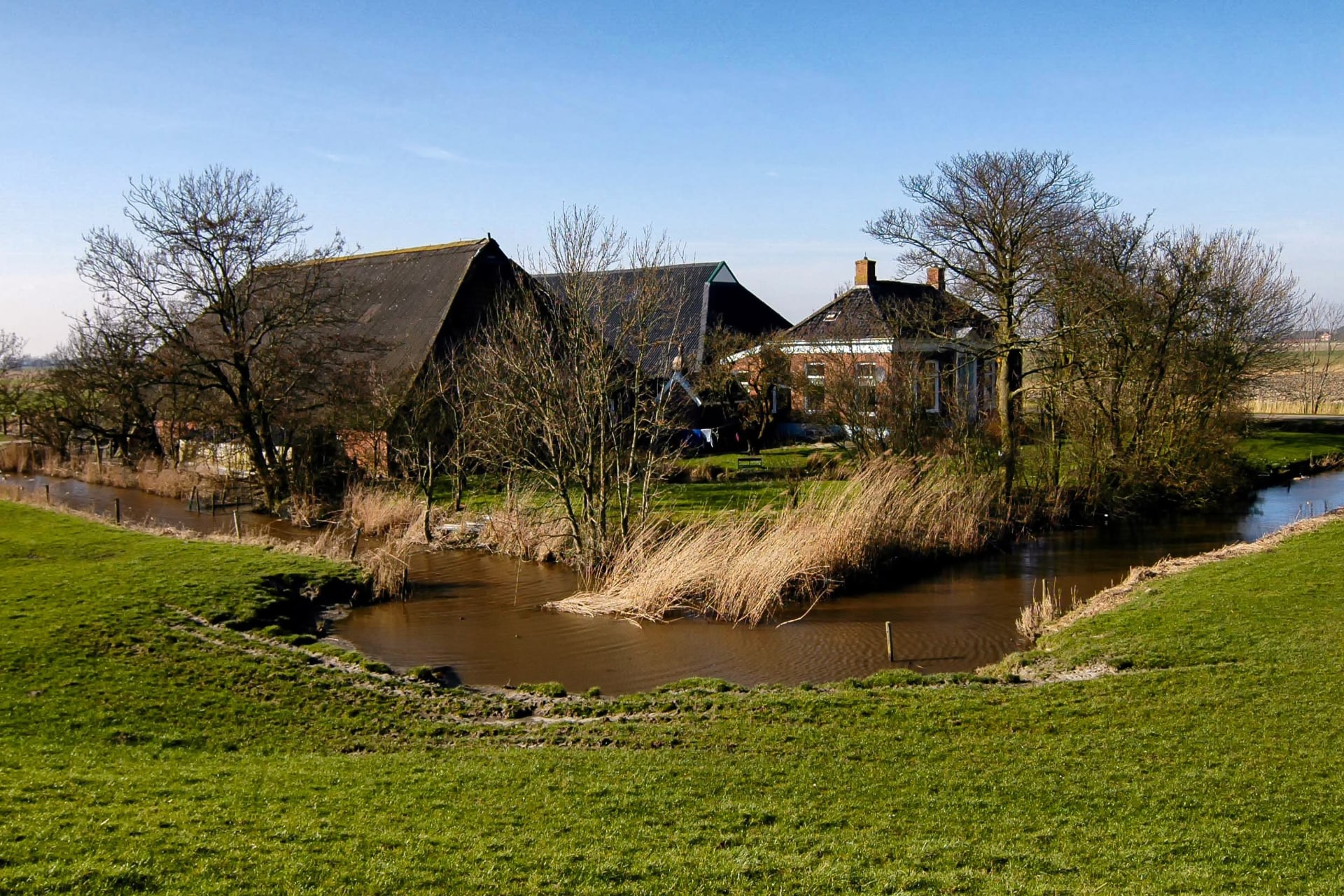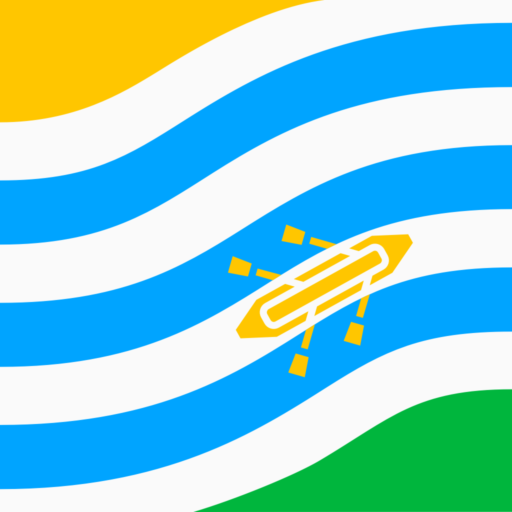
Waterschappen are important organizations that ensure the safety, health and livability of our environment. Climate change will bring about major changes, such as a rise in water levels and the associated risk of flooding. Cooperation, innovation and technology must therefore be a focal point within the water boards.
Circular Economy
The Waterschap has the crucial role of responding to current and future developments. Student & Water wants to see greater commitment to circularity, and a focus on reusing products and recycling raw materials. Some raw materials, such as phosphate, are in limited supply on Earth.
Phosphate is mainly used for fertilizer and is needed for agriculture. When too much (artificial) fertilizer is used, it accumulates in the soil. The phosphate can then leach into surface water, affecting both biodiversity and water quality.
Election Programme 2023-2027
For example, this can lead to problems with water due to extreme algae growth. In the Netherlands, there is a phosphate surplus in the form of phosphate-rich animal manure. There is a globally limited supply, and due to population growth, demand is exponentially increasing. If we lose our supply of phosphate, the food supply will be endangered.
Student & Water believes that raw materials should be used more consciously. In addition, we must prevent raw materials from being unused in surface water through recovering as many products as possible from wastewater.
What do we want to achieve?
- Insist on more conscious use of raw materials
- Recovering raw materials from wastewater
Knowledge-Based Economy and Employment
The Netherlands is one of the countries that will be extremely impacted by the effects of climate change due to the country being below sea level. Currently, the Netherlands is not working hard enough to make impactful changes. With the vast knowledge we have in the North, it is essential to seize the economic opportunities for employment and generate a shift in both thinking and practice.
Waterschap Noorderzijlvest must simultaneously focus on strengthening the water sector, product development, and consider new innovative technology. This aligns with initiatives currently being organized. For example, the University of the North is fo- cussed on a knowledge and innovation network, centralized on prosperity in northern regions. Their aim is to transition from a linear to a circular economy. The North is an environment where research can be done with the use of green energy. Furthermore, we have an opportunity for Noorderzijlvest to be leaders when ensuring our future through sustainability.
Water Storage
We need to make more space to store water. In addition to large storages in the coun- tryside, for example, more water must be retained in residential areas. When it rains heavily, a lot of rainwater flows into the sewers; not only is it wasteful, but the capacity of the sewers is limited. If rainwater can be temporarily stored somewhere, it could be used by the plants and trees present. A wadi (water drainage and infiltration) is a green ditch that occasionally runs dry and can collect water in times of heavy precipitation. When the wadi is dry, it can be used as a playground, for example. Student & Water wants more wadis to be constructed in residential areas where it is advantageous or even necessary.
What do we want to achieve?
- Urge municipalities and cities to install wadis in new and existing residential areasn

Protecting Water Sources
Current treatment processes are unable to adequately remove pollutants such as microplastics and PFAS from wastewater. Pharmaceuticals are also difficult to remove from water. In addition, filtration will be more expensive if more treatment steps are required. These substances pose both environmental and health threats, as microp- lastics have already shown to be contaminating our drinking water. Known sources of microplastics are both litter and household wastewater. Wastewater contains microplastics from washing synthetic clothing, used cosmetics, and detergents.
Due to the intensive use of nitrate in agriculture and processing industries, a lot of nitrate ends up in surface and groundwater, and subsequently drinking water. Due to the rising concentration of nitrate in our drinking water sources, the quality is deteriorating rapidly. This can make our water sources unusable or make purification increasingly difficult and more expensive. Student & Water is committed to addressing pollution at the source.
What do we want to achieve?
- Research should be conducted into new, more accurate treatment of wastewater
- Insist on reducing nitrate use
- Local treatment of drugs from hospital wastewater should be looked into
- Urge (local) governments to reduce littering
- In cooperation with provinces and municipalities, create awareness among consumers about household sources of microplastics. Litter entering water from the environment should be collected and recycled more appropriately
- The design of wetlands should be analyzed. For example, reeds can be used in strategic locations for water purification. Technological solutions, like a bubble barrier, can be used in canals to send plastic to the shore so it can be cleaned up easier
Sustainable Agriculture

With the major changes and regulations that farmers are going to face, the future needs to look at an innovative & sustainable way of farming. Due to land subsidence and biodiversity conservation, water levels are often kept high. This has effects on the agricultural sector. Since holding back water is not an efficient solution in the long run, we will have to start looking into crops that grow well in wet soils, for example.
Student & Water wants to give the farmer a helping hand by focusing on closer coop- eration between organizations, natural areas and knowledge institutions. We need to look at how we can prepare agriculture for climate, nature, and policy changes. This could include looking at wet agriculture, which is already being experimented with in the Netherlands
What do we want to achieve?
- Commit to sustainable and climate-resilient agriculture that fits the local landscape
